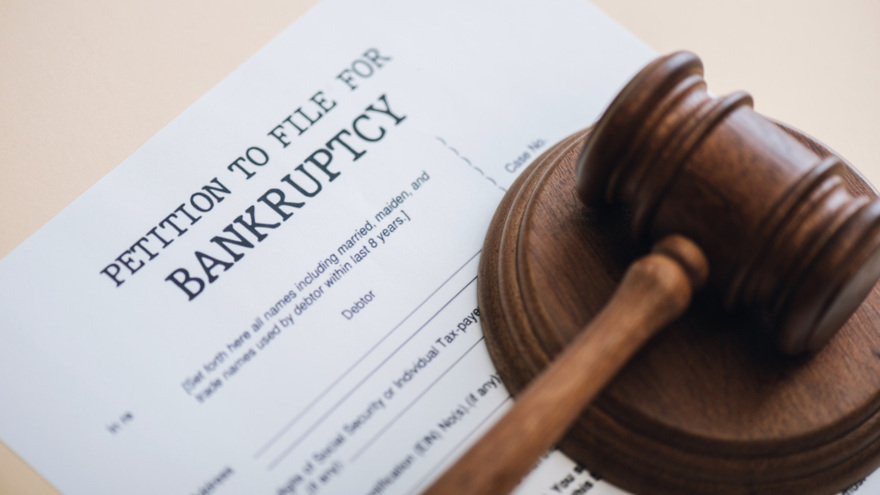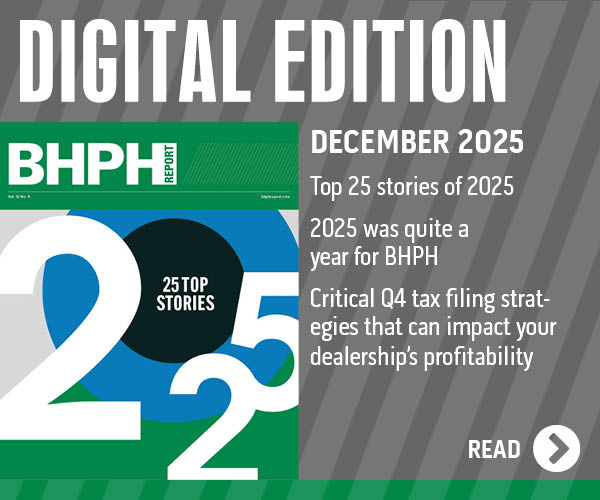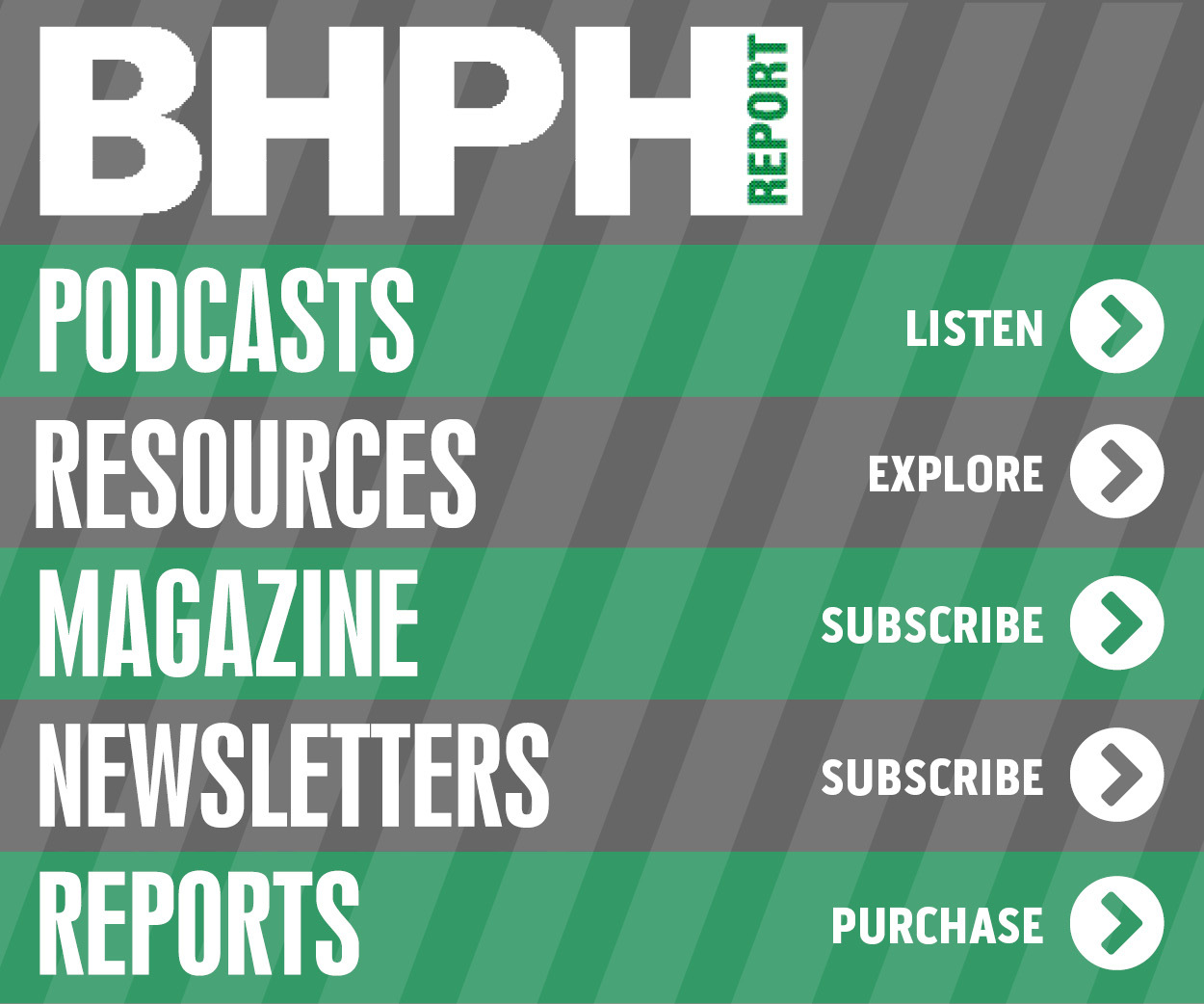Bankruptcy experts see filings continue upward trajectory at 2024 midpoint

Image by LightField Studios / Shutterstock.com
By subscribing, you agree to receive communications from Auto Remarketing and our partners in accordance with our Privacy Policy. We may share your information with select partners and sponsors who may contact you about their products and services. You may unsubscribe at any time.
With bankruptcy filings already on a notable upward trajectory, experts pointed out why the next six to 18 months merit particular watching by dealerships, finance companies and other operations with a vested interest in bankruptcy.
According to data provided by Epiq AACER, total bankruptcy filings came in at 251,012 during the first six months of 2024, representing a 15% increase from the 217,483 total filings during the same period a year ago.
Epiq reported total individual filings also registered a 15% increase, as the 235,878 filings during the first half of 2024 rose from the 205,301 filings during the first six months of 2023.
Experts added that the 93,873 individual Chapter 13 filings in the first half of 2024 marked a 10% increase over the 85,395 filings during the same period in 2023.
On business side of the space, Epiq determined the 3,016 total commercial Chapter 11 bankruptcies filed during the first six months of 2024 represented a 34% increase over the 2,247 total commercial Chapter 11 filings during the same period in 2023.
“Commercial filing trends continue to show strong double digit percentage increases in year-over-year filings, while individual filings increased at a much lower rate compared to commercial filings in the first half of 2024,” Epiq AACER vice president Michael Hunter said in a news release.
Subscribe to Auto Remarketing to stay informed and stay ahead.
By subscribing, you agree to receive communications from Auto Remarketing and our partners in accordance with our Privacy Policy. We may share your information with select partners and sponsors who may contact you about their products and services. You may unsubscribe at any time.
“I expect a strong demand in individual filings ahead of us, especially considering the large increase in commercial filings, consumer debt levels, high interest rates, and overall increased costs with relatively flat household income,” Hunter continued. “The timeframe from the onset of individual financial stress to a bankruptcy filing is generally six to 18 months.”
One other note about commercial bankruptcy: Epiq said small business filings, captured as subchapter V elections within Chapter 11, totaled 1,176 in the first half of 2024, a 61% increase from the 730 elections during the same period in 2023.
Due to a statutory sunset that was unable to be extended by Congress before June 21, the American Bankruptcy Institute recapped that the enhanced subchapter V debt limit established in March 2020 dropped from $7,500,000 to $3,024,725; meanwhile, the Chapter 13 threshold of $2,750,000 for both secured and unsecured debt reverted back to a two-part test limiting eligibility to a maximum of $465,275 for unsecured debt and $1,395,875 for secured debt.
Sen. Richard Durbin (D-Ill.), who, along with a group of bipartisan senators, had introduced S. 4150 on April 17 to extend the enhanced limits for subchapter V elections and chapter 13 filers for an additional two years, has vowed to continue to try to restore greater access for small businesses and consumers.
ABI’s Subchapter V Task Force in its final report and recommendations to Congress supports an eligibility limit of $7.5 million in aggregate noncontingent, liquidated debt for small businesses looking to reorganize under subchapter V.
“The continued increase in bankruptcy filings reflects the growing economic strain on businesses and households,” ABI executive director Amy Quackenboss said. “We hope that efforts continue on Capitol Hill to reinstate higher debt-eligibility limits for small businesses and Chapter 13 filers to create greater access and a more efficient process for small businesses and families to achieve a financial fresh start.”
ABI has partnered with Epiq AACER to provide the most current bankruptcy filing data for analysts, researchers, and members of the news media.


